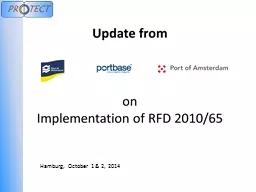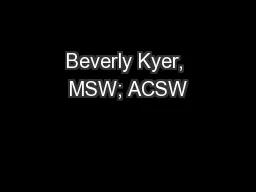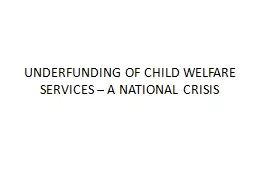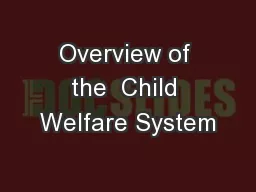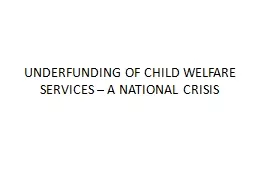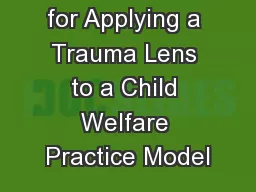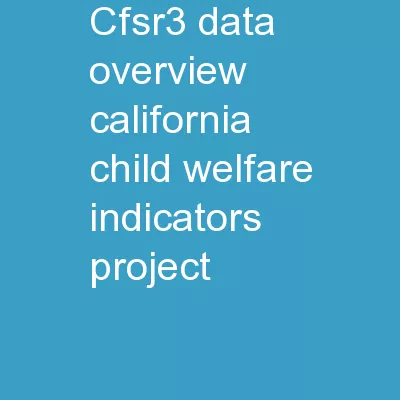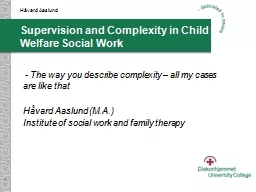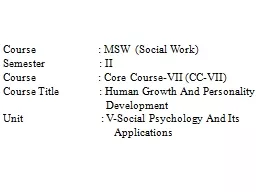PPT-The data Train: Wendy Wiegmann, MSW, PhD California Child Welfare Indicators Project
Author : cheryl-pisano | Published Date : 2019-10-31
The data Train Wendy Wiegmann MSW PhD California Child Welfare Indicators Project University of California Berkeley May 15 2017 Bringing Child Welfare Staff on Board
Presentation Embed Code
Download Presentation
Download Presentation The PPT/PDF document "The data Train: Wendy Wiegmann, MSW, PhD..." is the property of its rightful owner. Permission is granted to download and print the materials on this website for personal, non-commercial use only, and to display it on your personal computer provided you do not modify the materials and that you retain all copyright notices contained in the materials. By downloading content from our website, you accept the terms of this agreement.
The data Train: Wendy Wiegmann, MSW, PhD California Child Welfare Indicators Project: Transcript
Download Rules Of Document
"The data Train: Wendy Wiegmann, MSW, PhD California Child Welfare Indicators Project"The content belongs to its owner. You may download and print it for personal use, without modification, and keep all copyright notices. By downloading, you agree to these terms.
Related Documents


